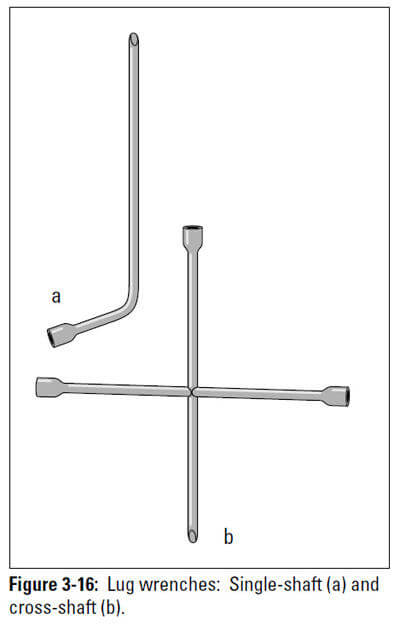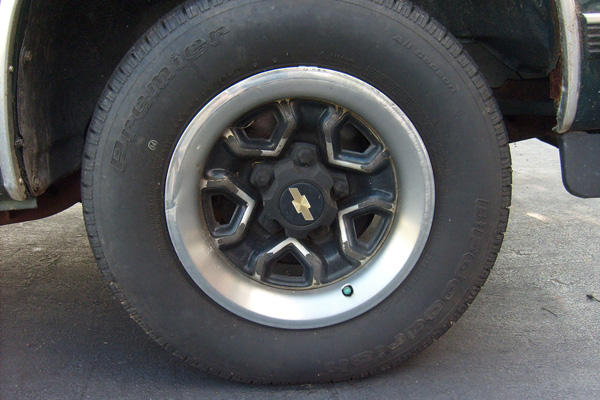You can pack your auto repair toolbox with the best tools that money can buy, but all those fancy gadgets and gizmos won't do you any good if they're at home when your vehicle breaks down 30 miles from civilization. Don't tempt fate: Keep basic tools and materials onboard at all times.
Be sure to keep the following items on board (you probably have most of this stuff already, so there's no excuse for being unprepared):
Rags: Rags should be clean and lint-free. Keep a clean, lint-free rag in your vehicle to wipe your oil or transmission dipstick or to clean the inside of your windshield if it clouds up.
Get rid of gasoline-soaked rags, which are highly combustible. Never keep them in closed places. Don't use an oily rag on anything that isn't oily already. Because your vehicle contains a variety of substances that must be kept away from other substances, throw out or wash dirty rags, and use a clean one each time you start a job.
Spare parts: If you replace your spark plugs, save the old ones if they're not too worn. Carry them in your trunk-compartment toolbox for quick replacements if something goes wrong with the ones in your engine. If you have to use the old plugs in an emergency, be sure to replace them as soon as possible because they won't hold up well. The same goes for old, not-too-cruddy air filters and other minor gizmos. A couple of extra nuts, bolts, and screws also are useful to have on hand in case you lose the ones you have or strip them accidentally.
Emergency parts: Carry a spare set of windshield wiper blades, an extra radiator cap, and extra fuses. If you plan to travel for a while in hot weather in remote regions, top and bottom radiator hoses might be a good idea. These items are inexpensive and could get you out of a lot of trouble on a long trip. Although they're more costly, it's good to carry extra accessory belts, too. Emergency road services may not replace these things on the road, and if the parts you need aren't available in the area, you'll have them on hand when you reach a repair facility.
Spare tire: Check your spare tire often. It's humiliating to go through the work of changing a tire only to find that your spare is flat, too. If your spare is worn beyond belief, most garages will sell you a not-too-hideous secondhand tire at a low price. Make sure that it's the right size.

Lug wrench: A lug wrench is sometimes provided, along with a jack, on new vehicles (see Figure 3-16). You use it to remove the wheel or lug nuts when you change a tire. If you buy a lug wrench, get the cross-shaft kind, which gives you more leverage. If your vehicle has alloy wheels with lovely, shiny chrome lug nuts, be sure your wrench is the right size and type so that it doesn't scratch them.
From Auto Repair for Dummies, copyright © 2009 by Wiley Publishing, Inc., Indianapolis, Indiana. Used by arrangement with John Wiley & Sons, Inc.










